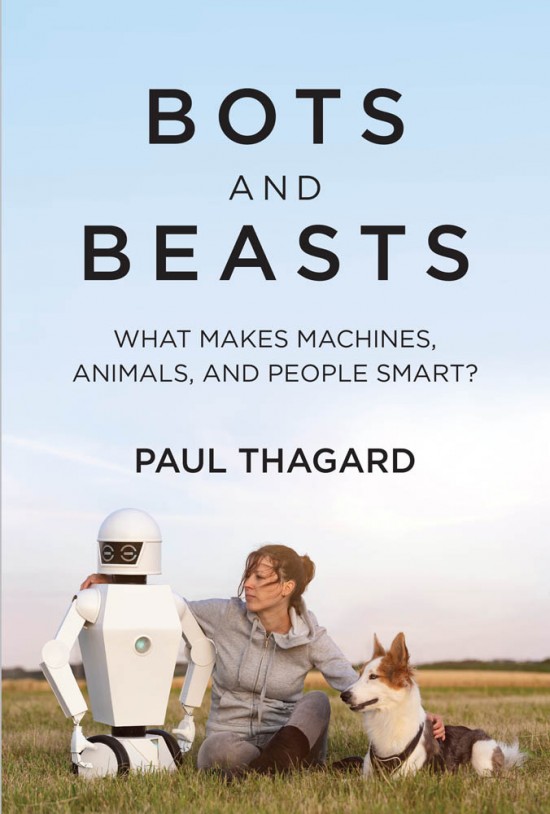
Chinese researchers developed an AI system that recommends sentencing for criminals. Elsewhere, Cortical Labs trained neurons to play pong.Read More

Chinese researchers developed an AI system that recommends sentencing for criminals. Elsewhere, Cortical Labs trained neurons to play pong.Read More

Expect enterprises to demand more sophisticated tools that can efficiently and reliably manage infrastructure in this evolving space in 2022.Read More

The 2021 Award for That One Quote Everyone Remembers from Far Cry 3, Brought to you by Far Cry 6’s Insanity DLC goes to…Read More

GamesBeat’s Dean Takahashi comes up with his annual predictions for gaming. Check out the 11 predictions for 2022.Read More

There’s no shortage of digital health apps on the market — more than 350,000, in fact, according to a recent study from the IQVIA Institute for Human Data Science. But for all the breadth, there’s little depth.Read More

(credit: MIT Press)
“What makes machines, animals, and people smart?” asks the subtitle of Paul Thagard’s new book, Bots and Beasts. Not “Are computers smarter than humans? or “will computers ever be smarter than humans?” or even “are computers and animals conscious, sentient, or self-aware (whatever any of that might mean)?” And that’s unfortunate, because most people are probably more concerned with questions like those.
Thagard is a philosopher and cognitive scientist, and he has written many books about the brain, the mind, and society. In this one, he defines what intelligence is and delineates the 12 features and 8 mechanisms that he thinks It’s built from,comprise it which allows him toso that he can compare the intelligences of these three very different types of beings.
He starts with a riff on the Aristotelian conception of virtue ethics. Whereas in that case, a good person is defined as someone who possesses certain virtues; in Thagard’s case, a smart person is defined as someone who epitomizes certain ways of thinking. Confucius, Mahatma Ghandi, and Angela Merkel excelled at social innovation; Thomas Edison and George Washington Carver excelled at technological innovation; he lists Beethoven, Georgia O’Keeffe, Jane Austen, and Ray Charles as some of his favorite artistic geniuses; and Charles Darwin and Marie Curie serve as his paragons of scientific discoverers. Each of these people epitomizes different aspects of human intelligence, including creativity, emotion, problem solving, and using analogies.

Did you know that while you’re pumping away to your favorite song on your trusty Peloton bike, the company is paying the artist of that song just 3 cents? And if that sounds like literal chump change, then think about this — that 3 cents is actually on the high end of what an artist will make for themselves when someone streams their wo…Read More

Join gaming leaders, alongside GamesBeat and Facebook Gaming, for their 2nd Annual GamesBeat & Facebook Gaming Summit | GamesBeat: Into the Metaverse 2 this upcoming January 25-27, 2022. Learn more about the event. 2022 looks like it’s going to be a packed year. Several game publishers have attached 2022 release dates to their biggest video ga…Read More

Enlarge / A 1960s Southern California gas station being restored. (credit: FarukUlay | Getty Images)
On the frosty morning of Dec. 9, 1921, in Dayton, Ohio, researchers at a General Motors lab poured a new fuel blend into one of their test engines. Immediately, the engine began running more quietly and putting out more power.
The new fuel was tetraethyl lead. With vast profits in sight—and very few public health regulations at the time—General Motors Co. rushed gasoline diluted with tetraethyl lead to market despite the known health risks of lead. They named it “Ethyl” gas.
It has been 100 years since that pivotal day in the development of leaded gasoline. As a historian of media and the environment, I see this anniversary as a time to reflect on the role of public health advocates and environmental journalists in preventing profit-driven tragedy.